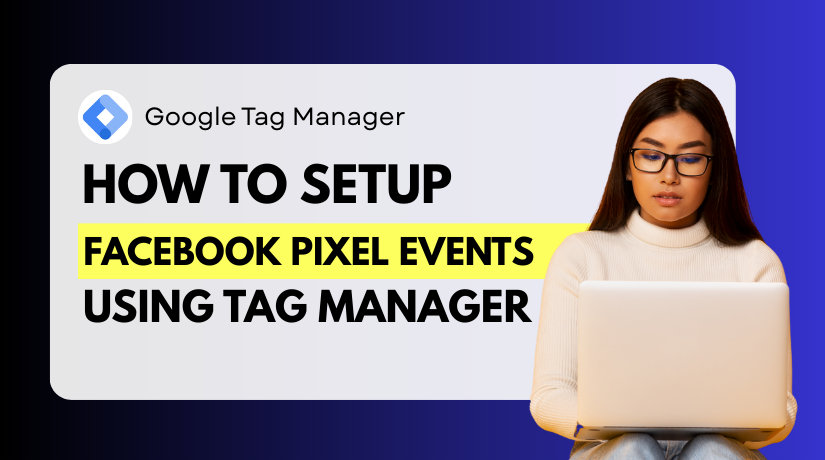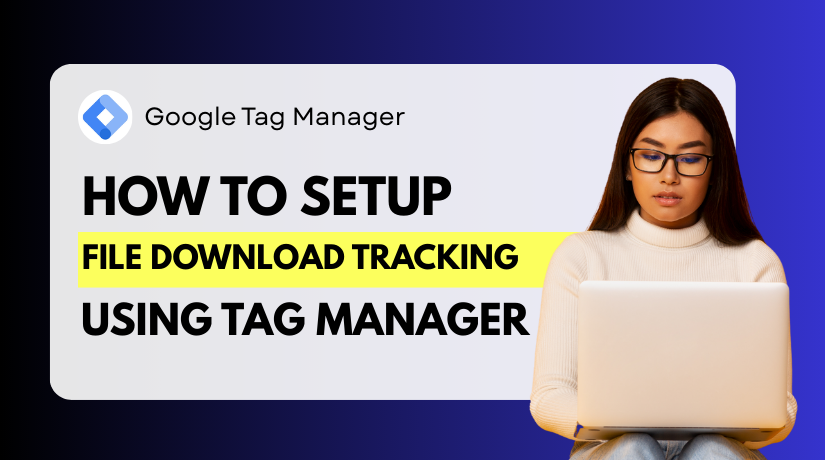
How to Fix “Crawled – Currently Not Indexed” in Google Search Console
Table of Contents
- Introduction
- What Does “Crawled – Currently Not Indexed” Mean?
- Common Reasons Why Pages Are Crawled But Not Indexed
- How to Fix “Crawled – Currently Not Indexed” in Google Search Console
- Monitoring Indexing Status and Using Page Indexing Reports
- Conclusion
Introduction
Many website owners use Google Search Console to track performance. But sometimes, you’ll see a confusing message: “Crawled – Currently Not Indexed.”
This message means your page was visited by Google. However, Google does not display it in its search results.
That can be frustrating. You’ve written great content, and it’s live. But it’s not showing up in search. That means your page can’t bring traffic or leads.
You’re not alone. This issue is common, even on high-quality sites.
The good news? You can repair it.
What Does “Crawled – Currently Not Indexed” Mean?
This message now points to a quality-based indexing decision by Google.
Google successfully crawled your page, but chose not to index it. That means it won’t show in search — yet.
“You should not assume that your website is broken. It’s not a crawl error or technical bug. It’s a ranking and quality signal.
This message appears in the “Page Indexing” report inside Google Search Console. Typically, it appears under “Not Indexed.”
Here’s why Google might not index your page:
- The content may lack value or uniqueness
- It could be too similar to other pages
- The internal linking may be weak
- The page may not seem useful enough to users
In short, Google’s bots found the page but didn’t think it was worth showing to searchers.
What It’s Not:
- It’s not a penalty
- It’s not a crawl block
- It’s not a server problem or bug.
Think of it as Google saying:
“We saw this page. But we’re not indexing it… for now.”
You must therefore demonstrate that the page is worthy of being indexed.
Common Reasons Why Pages Are Crawled But Not Indexed
When Google shows the status “Crawled – Currently Not Indexed,” it means your page was accessed by Googlebot but didn’t make it into the search index. This decision is often based on how Google evaluates the quality and relevance of the page, not just technical performance. Let’s examine the most typical causes of this.
- Low-Quality or Thin Content
One of the main reasons Google skips indexing is because the content doesn’t offer enough value. Pages with very little text, basic descriptions, or no real purpose may be seen as low-quality.
For example, a 200-word page repeating generic advice or using filler text doesn’t give Google a reason to include it in results. If the content appears unclear, shallow, or unfinished, Google might skip indexing it.
In Google’s eyes, quality means:
- Clear purpose
- In-depth explanation
- Original insights
- Helpfulness to readers
If these are missing, indexing won’t happen—no matter how well the page is designed.
- Duplicate or Near-Duplicate Content
Google avoids indexing multiple pages that say the same thing. If your content appears in other places—either on your site or elsewhere—Google may treat it as duplicate and skip indexing.
This is common in:
- Product pages with copied descriptions
- Blog posts that closely mirror others
- Pages that only change small elements like location or keywords
Google prefers to index the most original version. If it detects too much repetition, it may decide your page adds no extra value.
- Weak or Missing Internal Links
Links are used by Google to find and rank content. If your page isn’t linked from important parts of your website, it may be seen as low priority.
Even if the page is live and crawlable, it needs internal links to show it matters. Googlebot relies on your site structure to decide what content deserves visibility. If a page feels hidden or disconnected from other pages, it may be skipped during indexing.
- Google’s Quality Evaluation in Progress
Sometimes, Google needs more time to decide whether your page deserves to be indexed. This is especially true for new pages or new websites.
Crawling doesn’t always lead to instant indexing. Google may delay the decision to collect more data about the page, such as how users interact with it, or whether it gains links or shares. Until that happens, the page may sit in a waiting state, even after being crawled.
- Low Domain Trust or Site Reputation
If your website has a limited online presence or is brand new, Google may be more cautious. It pays attention to factors like domain authority, backlink profile, and trustworthiness when deciding what to index.
Sites that are small, unverified, or have little external reputation are more likely to see “crawled but not indexed” issues. This isn’t a punishment—it’s a sign that Google wants more confidence before including your pages in search.
- Technical Signals That Reduce Importance
Some indexing issues can be traced to how the page is presented in code. Google looks at meta tags, canonical tags, structured data, and page structure to understand importance.
If technical elements send mixed signals—like pointing to another preferred page via canonicals, or suggesting low importance—it can confuse Google. Even if there’s no actual error, unclear signals may reduce your page’s chance of being indexed.
How to Fix “Crawled – Currently Not Indexed” in Google Search Console
If Google shows your page as “Crawled – Currently Not Indexed,” you need to take action. This status means your content was seen by Google but didn’t meet the requirements for indexing. The good news is you can fix it. The essential actions to increase your chances of being indexed are listed below.
- Improve the Page Content Quality
The first and most important step is reviewing your content. Google wants useful, original, and clear information. Thin or duplicate content is often ignored.
Ask yourself:
- Does this page answer a specific question?
- Is the content original and detailed?
- Does it include examples, steps, or insights?
If your answer is no, rewrite or expand the page. Make it clear, helpful, and focused on a real topic.
Tips to improve content:
- Aim for at least 800–1000 words
- Add subheadings for better structure
- Use real-world examples or stats
- Avoid generic or keyword-stuffed text
- Strengthen Internal Linking
Internal links are used by Google to determine the worth of a page. Without links from other significant pages, your page may be overlooked.
To fix this:
- Link to the page from your homepage or blog
- Add it to your site’s menu or sidebar if relevant
- Use keyword-rich anchor text when linking
This tells Google the page is important and deserves to be indexed.
- Remove Confusing Technical Signals
Sometimes, technical SEO issues stop indexing. These are not errors but signals that reduce page priority.
Check for:
- Noindex meta tag – Make sure it’s not blocking indexing
- Canonical tags – Ensure they point to the correct version of the page
- Robots.txt – Confirm it’s not disallowing the URL
To check for these problems, you can use tools like GSC’s URL Inspection Tool or Screaming Frog.
- Submit the Page in Google Search Console
If you’ve updated the content and fixed the links, request indexing. Use the URL Inspection Tool in Search Console.
Steps to follow:
- Paste the URL into the inspection bar
- Click “Request Indexing”
- Allow a few days for Google to reprocess it.
Google doesn’t guarantee indexing, but this helps speed up the review.
- Build Backlinks from External Sources
External links are strong signals. Google views your page as more reliable if it has links from other websites.
You don’t need hundreds of links. Just a few quality mentions from related blogs, directories, or forums can help.
Some ways to earn backlinks:
- Share your page on social media
- Answer relevant questions on Quora or Reddit
- Submit the URL to niche directories or communities
- Ensure the Page Is in Your Sitemap
Verify that the page appears in your sitemap.xml file. If Google doesn’t find the page in your sitemap, it may treat it as unimportant.
Update your sitemap and resubmit it in GSC under the Sitemaps tab.
Fixing “Crawled – Currently Not Indexed” takes time. But by improving content, structure, and signals, you increase the chance of getting indexed.
Monitoring Indexing Status and Using Page Indexing Reports
It’s crucial to keep an eye on your results after resolving indexing issues. You need to know if Google has decided to index your page. The Page Indexing section of Google Search Console is the ideal location for doing that.
This section shows the current indexing status of your pages, including why some are not indexed.
- Use the URL Inspection Tool
One URL at a time is checked by this tool. It shows the most recent crawl and indexing result.
To use it:
- Open Google Search Console
- Paste the full URL in the top search bar
- Press Enter to inspect
You’ll see a detailed message like:
- ✅ URL is on Google (Indexed)
- ⚠️ URL is not on Google: Crawled – currently not indexed
This tool also shows:
- Last crawl date
- If the page is in your sitemap
- Mobile usability
- Canonical tag detected
After improving your page, use the “Request Indexing” option to ask Google to re-crawl it.
- Use the “Page Indexing” Report
This report is found under “Indexing → Pages” in the GSC sidebar. It shows how many pages are:
- Indexed
- Not indexed
- Marked with issues
You won’t see “Discovered but not crawled” anymore. Google has simplified the reasons. You’ll now see statuses like:
- “Crawled – currently not indexed”
- “Page with redirect”
- “Alternate page with proper canonical tag”
- “Excluded by ‘noindex’ tag”
Each label explains why the page isn’t indexed. To view which URLs are impacted, click on each explanation.
- Look for Patterns in Not Indexed Pages
If the same reason appears for many pages, it’s a sign of a deeper issue. For example:
- Many pages marked “Crawled – currently not indexed” may mean content is too thin.
- “Duplicate without user-selected canonical” may signal unclear signals in your site’s structure.
Use these insights to decide what areas need work.
- Monitor Progress Over Time
After requesting indexing, track if the page moves into the Indexed group.
Watch for:
- A drop in the “Not indexed” count
- More pages appearing under “Indexed”
- Fewer pages flagged with the same problem
Check this report weekly after changes.
Conclusion
Fixing the “Crawled – Currently Not Indexed” issue takes time and ongoing effort. Google does not index every page—it makes that decision based on content quality, site structure, and domain trust.
Indexing is not guaranteed, even for well-optimized pages. But with consistent SEO practices, your chances of being indexed will improve over time.
Need help managing SEO or technical site issues? 📞 Call us at +1 888 602 0119 (US & Canada) or visit WooHelpDesk.com for expert tools and solutions.




